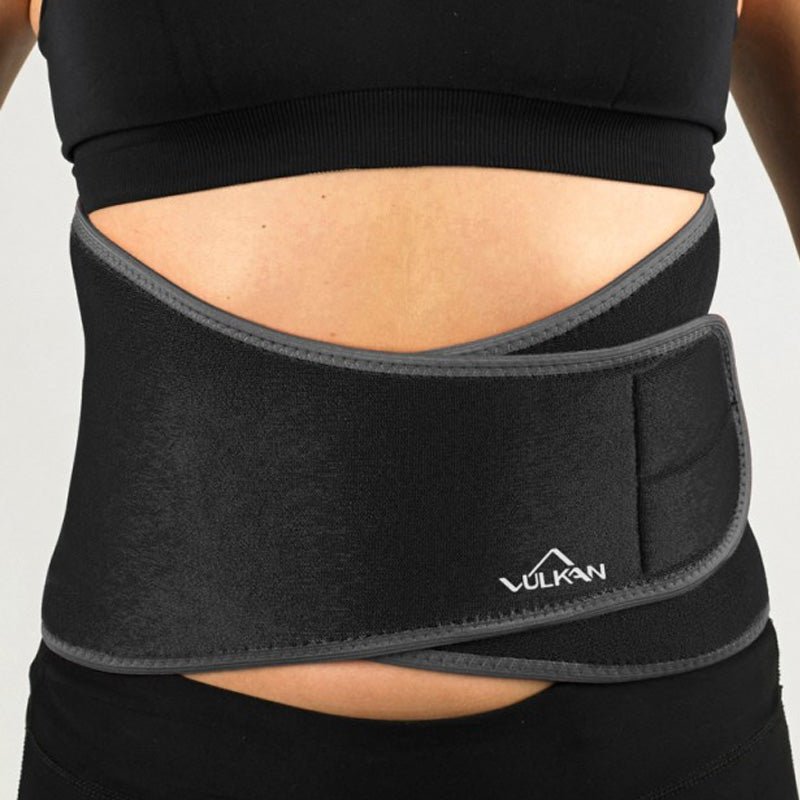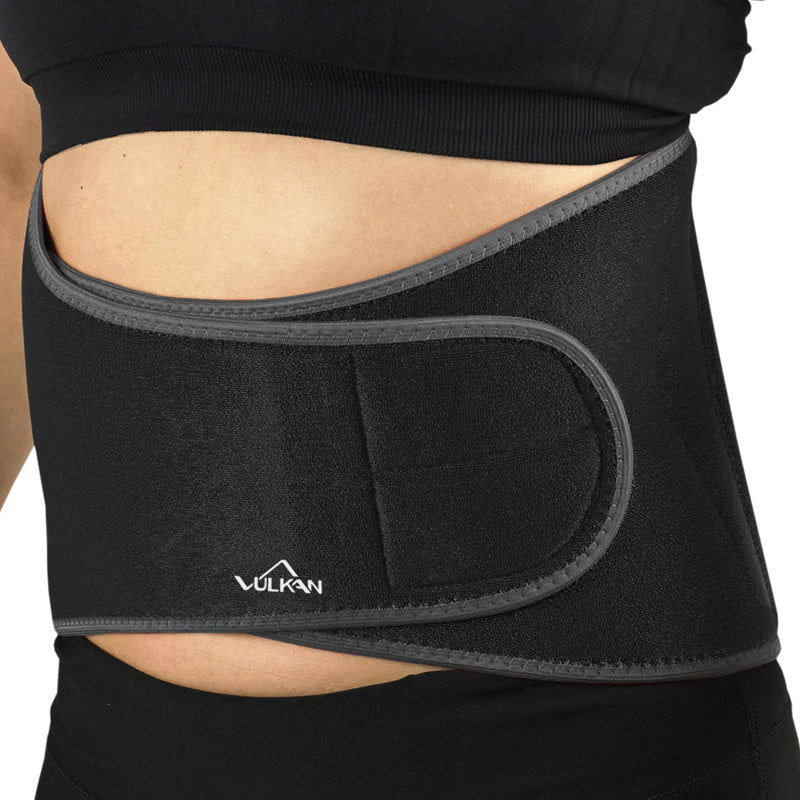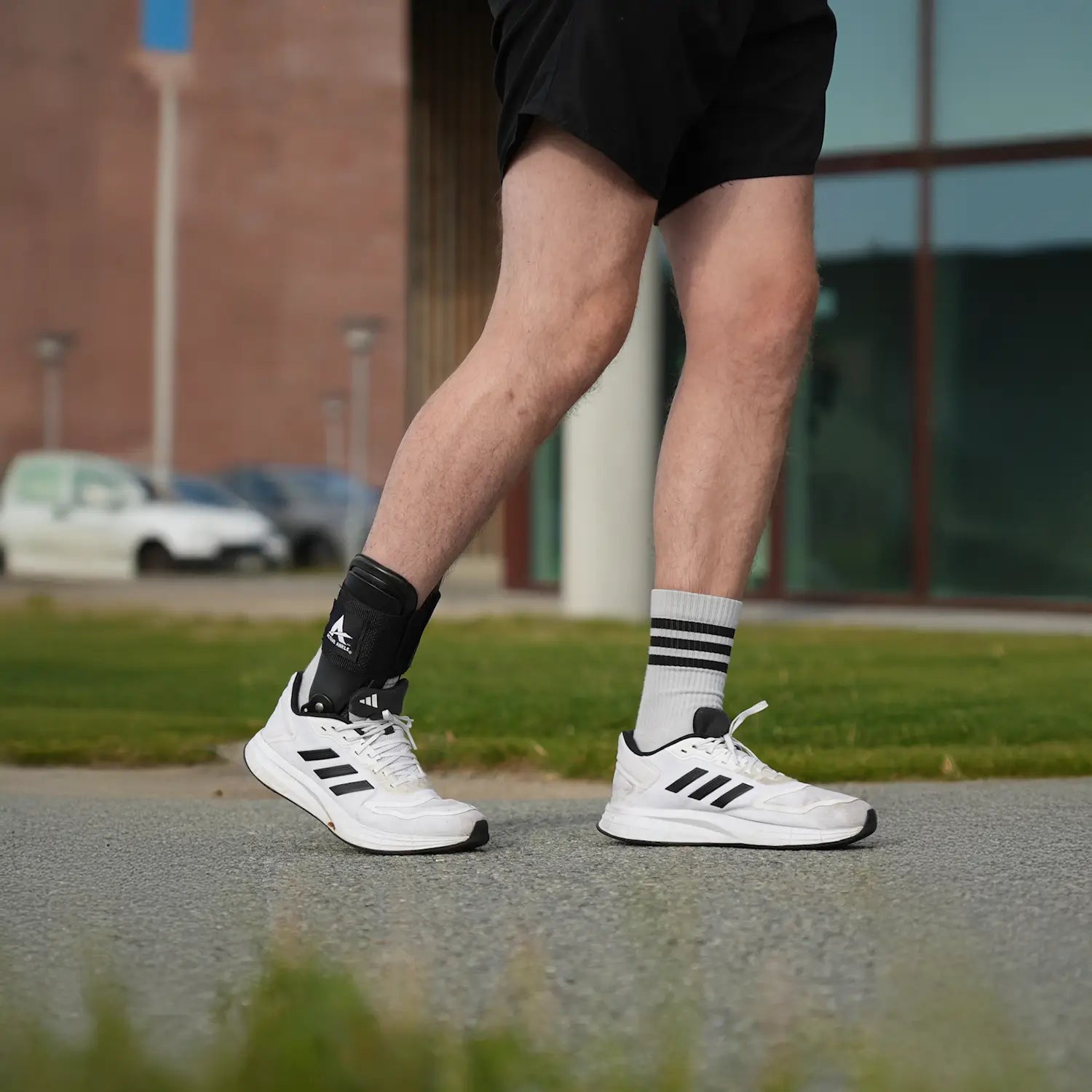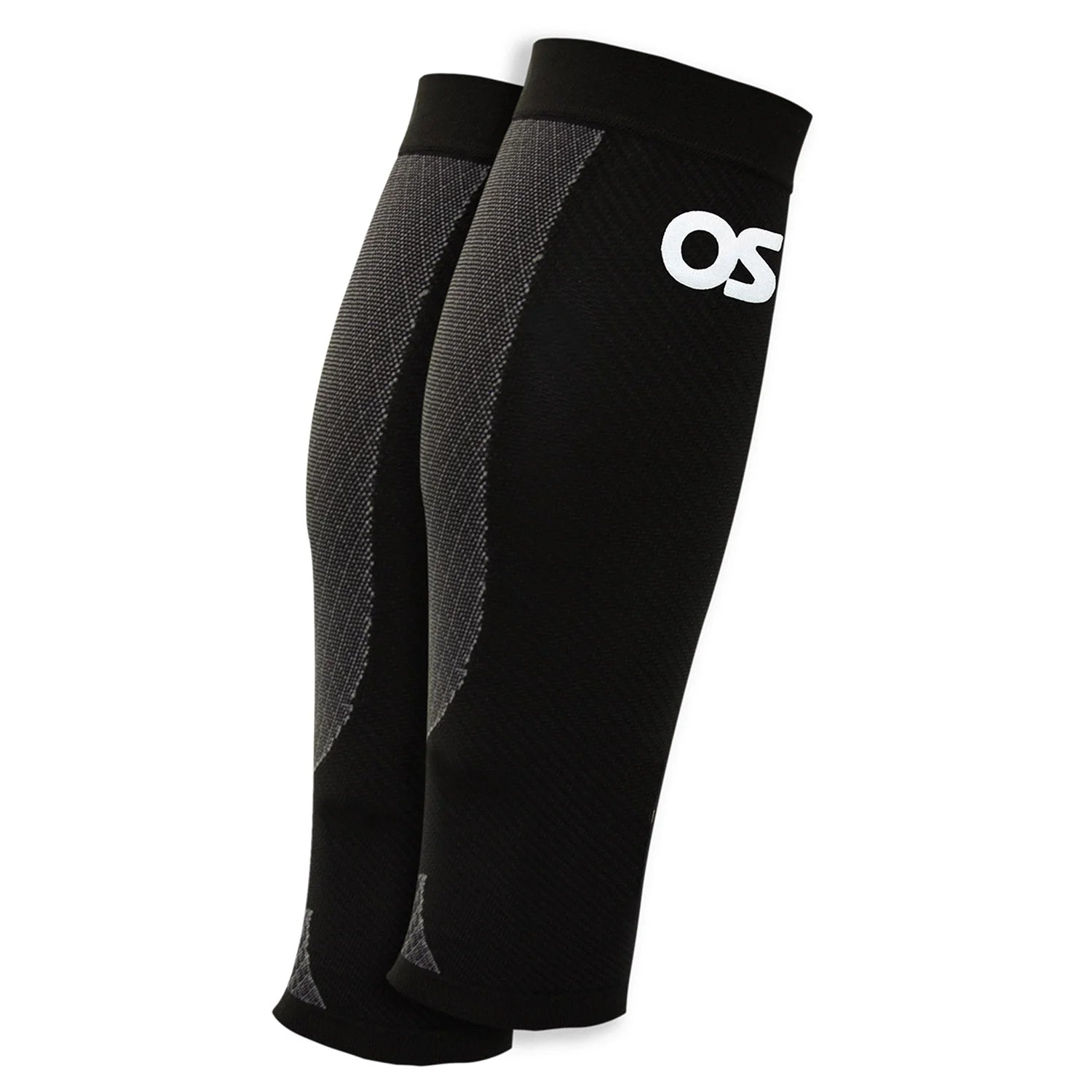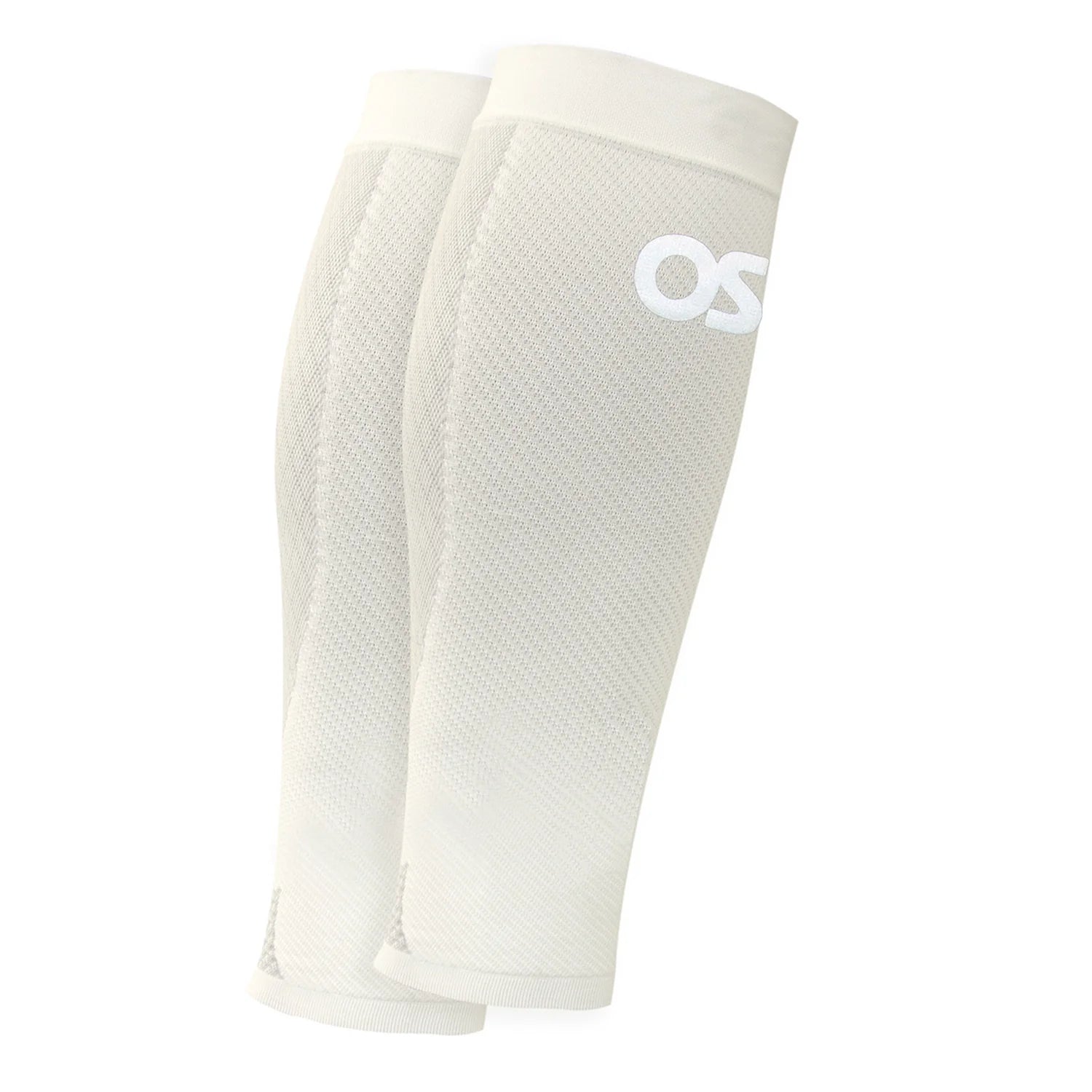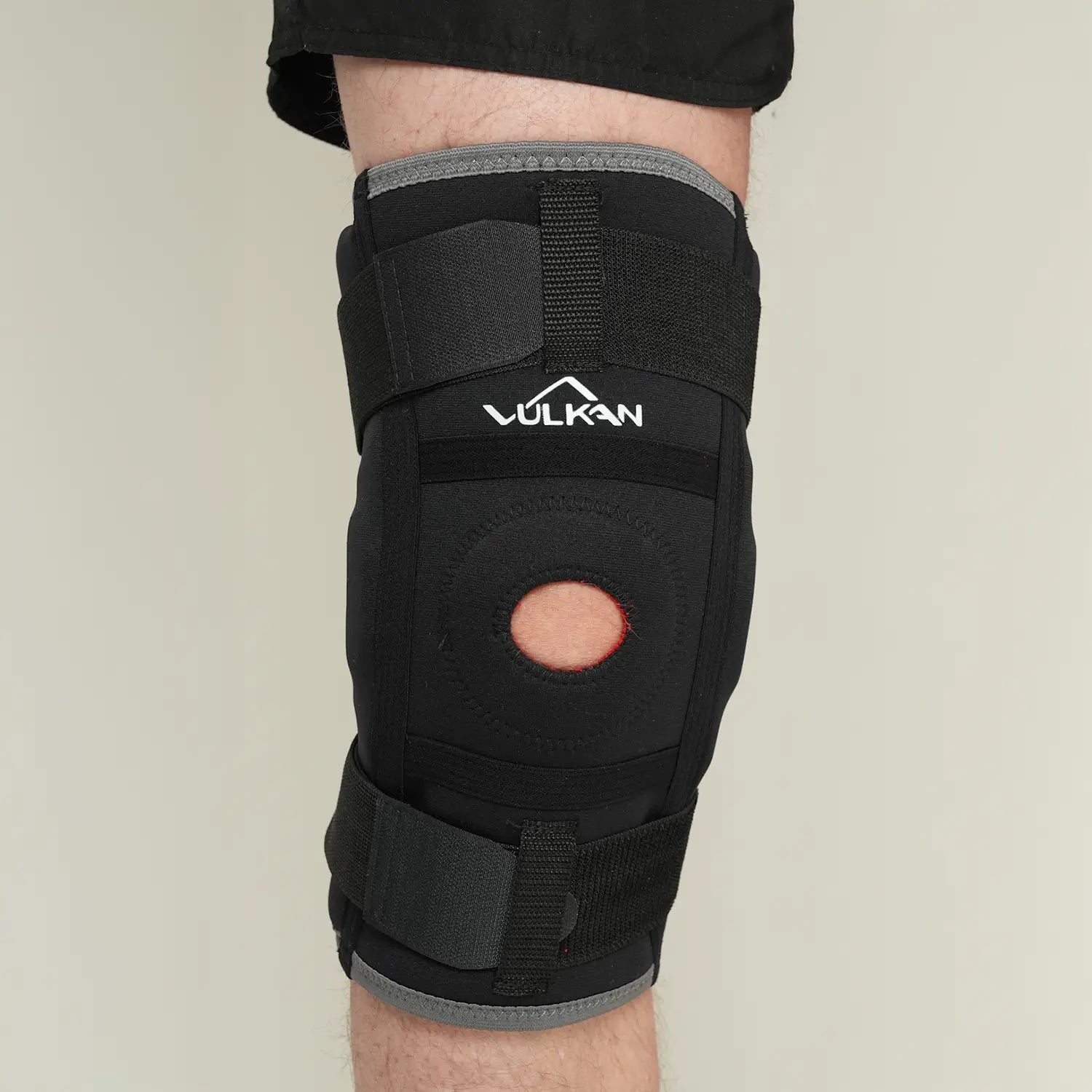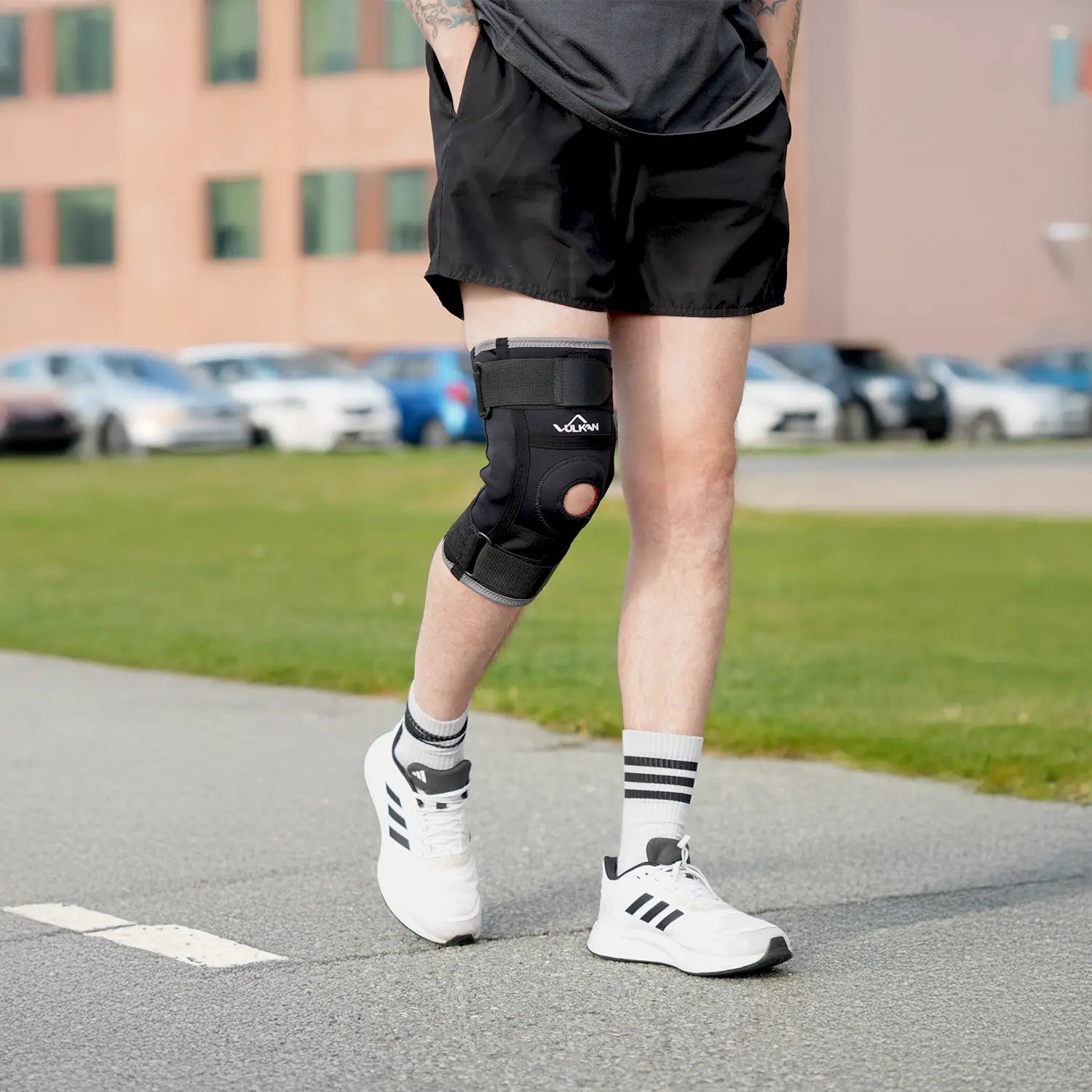
Hip pain
Hip pain – understand the causes and find the right support
Hip pain is a common problem that can affect both everyday life and quality of life. The pain can be dull, burning or sharp, and can range from mild discomfort to severe pain that limits movement. It can occur suddenly after an injury or develop gradually over time. With the right knowledge, treatment and aids, it is often possible to reduce pain and regain mobility.
Common causes of hip pain
The hip joint is one of the largest joints in the body and is subjected to a lot of stress every day. Hip pain can be caused by many different things, including:
- Osteoarthritis – joint cartilage breaks down, causing stiffness and pain.
- Inflammation – in the muscles, tendons or bursae around the hip.
- Overload – for example in athletes or people with heavy work.
- Falls and accidents – can cause fractures or soft tissue injuries.
- Radiation from the back – for example, in the case of sciatica or disc problems.
In the elderly, osteoarthritis and fall injuries are more common, while younger people more often suffer from overexertion or sports injuries.
Symptoms to watch out for
The pain can be felt on the inside, outside, or deeper inside the hip. It may worsen when walking, when getting up from a sitting position, or after physical activity. In some cases, stiffness, swelling, or decreased mobility may also occur.
Hip pain can be felt in different ways depending on the cause. Common symptoms include:
- Pain on the inside of the hip or groin.
- Pain on the outside of the hip that worsens when walking or running.
- Stiffness in the morning or after sitting still.
- Difficulty lifting the leg or turning the hip.
- Swelling and warmth around the joint during inflammation.
In case of sudden, severe pain or if you cannot support your leg, you should always seek medical attention immediately.
Call 1177 to consult about an assessment and what you need to do next.
Self-care and treatment
Treatment depends on the cause of the pain, but some general measures can often help:
- Rest and de-stress – reduce activities that cause pain, but avoid total stillness.
- Ice or heat – cold can reduce inflammation, while heat can relieve stiffness.
- Exercise – strengthens the muscles around the hip and increases mobility.
- Hip protectors – can protect against the risk of falls and provide extra stability.
- Orthopedic aids – such as compression shorts or walking aids can reduce the strain.
A hip protector is especially important for older people or those with osteoporosis, as it can reduce the risk of hip fractures in the event of a fall.
Exercises to do at home
Proper exercise can reduce pain and prevent future problems. Here are four simple exercises you can do at home:
- Hip lift – Lie on your back with your feet on the floor. Slowly lift your hips up and down.
- Side leg raise – Lie on your side and lift your top leg towards the ceiling.
- Seated hip rotation – Sit on a chair, place your foot on the opposite knee and lean forward.
- Hip flexor stretch – Stand in a lunge and tilt your hip forward to stretch the muscle.
Do the exercises 2–3 times a week and adjust the intensity according to your own ability.
Prevention tips
Vary your training and avoid one-sided loading. Wear shoes with good support and cushioning. If you sit a lot, take regular breaks to stand and move around. A hip protector can be a good investment for people with a high risk of falling or previous hip injuries.
Our recommended products
What is the most common cause of hip pain?
Common causes are osteoarthritis, overuse, muscle inflammation or injuries after falls.
When should I seek treatment for hip pain?
If the pain is severe, does not improve within a few weeks, or if you cannot put weight on the leg, you should contact healthcare.
Can exercise help with hip pain?
Yes, customized training can strengthen muscles and improve mobility, which often reduces pain.
Is hip pain always a sign of osteoarthritis?
No, hip pain can have many causes. Osteoarthritis is just one of them.
What aids are best for hip pain?
Hip protectors, compression shorts, and shoes with good cushioning can provide support and relief.
Can hip pain go away on its own?
In some cases, yes. But if the cause is chronic, such as osteoarthritis, treatment and adapted exercise are usually needed.
Are hip protectors only for the elderly?
No, hip protection can be used by anyone who has instability, a risk of falling, or a previous hip injury.
How can I prevent hip pain?
By maintaining a healthy weight, exercising regularly, and avoiding one-sided strain, the risk can be reduced.





